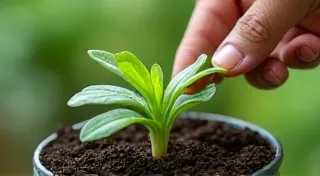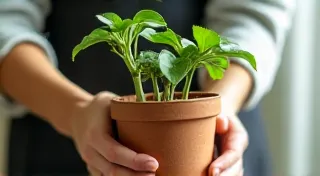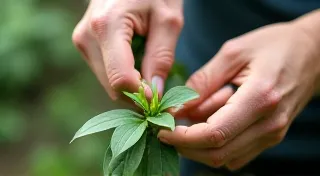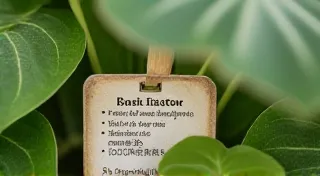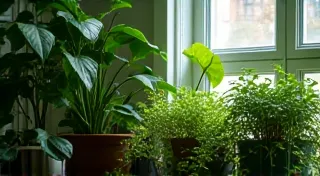Propagating Houseplants: Expanding Your Collection for Free
Welcome to the wonderful world of plant propagation! As a beginner gardener, you're likely already enjoying the beauty and benefits of houseplants. But what if you could expand your collection without spending a single penny? Propagating houseplants is a fantastic way to do just that. It’s a rewarding process that connects you even further with your plants and allows you to share the joy with friends and family.

Why Propagate?
- Save Money: Free plants! Enough said.
- Expand Your Collection: Double or triple your plant family.
- Learn More: Understanding plant reproduction deepens your gardening knowledge.
- Share the Love: Give new plants to friends and loved ones.
Common Propagation Methods
There are several ways to propagate houseplants. Here are some of the most popular and beginner-friendly methods:
1. Stem Cuttings
Stem cuttings are probably the most common propagation method. It works well for plants like Pothos, Spider Plants, Wandering Jew (Tradescantia), and many succulents.
- Choose a Healthy Stem: Select a stem that is mature, but not too woody. It should have a few leaves.
- Make the Cut: Use clean, sharp scissors or pruning shears to cut the stem just below a node (the point where leaves grow from the stem).
- Prepare the Cutting: Remove the leaves from the lower portion of the stem, leaving a few leaves at the top.
- Root in Water or Soil: You can root the cutting in a glass of water, changing the water every few days. Once roots develop (typically within a few weeks), you can plant it in potting mix. Alternatively, you can plant the cutting directly into moist potting mix.
2. Leaf Cuttings
Some plants, like African Violets and Snake Plants, can be propagated from leaf cuttings. This method requires a bit more patience.
- Take the Cutting: Gently remove a healthy leaf from the parent plant.
- Callous Over: Allow the cut end of the leaf to callous over for a day or two to prevent rotting.
- Propagate: Place the leaf in moist potting mix or root it in water.
3. Division
Division is a great option for plants that grow in clumps, like Peace Lilies and ZZ Plants. It involves separating the plant into smaller pieces, each with its own roots and leaves.
- Gently Remove from Pot: Carefully take the plant out of its pot.
- Separate the Clumps: Gently pull or cut the plant into smaller sections.
- Repot: Plant each section in its own pot with fresh potting mix.

Tips for Success
- Use Clean Tools: This prevents the spread of disease.
- Choose the Right Medium: Use a well-draining potting mix for soil propagation.
- Provide Humidity: New propagations often benefit from increased humidity. You can create a mini-greenhouse by covering them with a plastic bag or using a humidifier.
- Be Patient: Propagation takes time. Don't get discouraged if you don't see results immediately.
- Provide Light: Indirect light is best for new propagations.
Troubleshooting
Rotting: This is usually caused by overwatering or fungal issues. Ensure good drainage and consider a fungicide if necessary.
No Root Development: This can be due to insufficient light, improper temperature, or unhealthy cuttings.

With a little practice and patience, you'll be propagating like a pro in no time! Happy growing!
